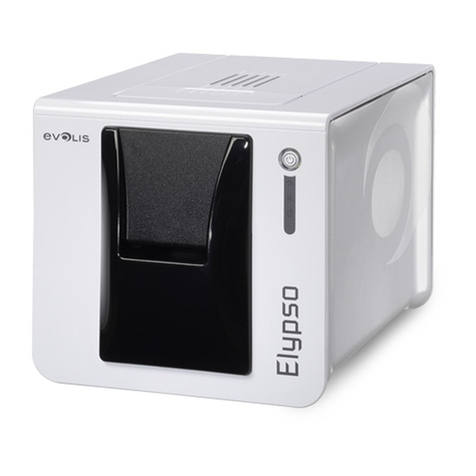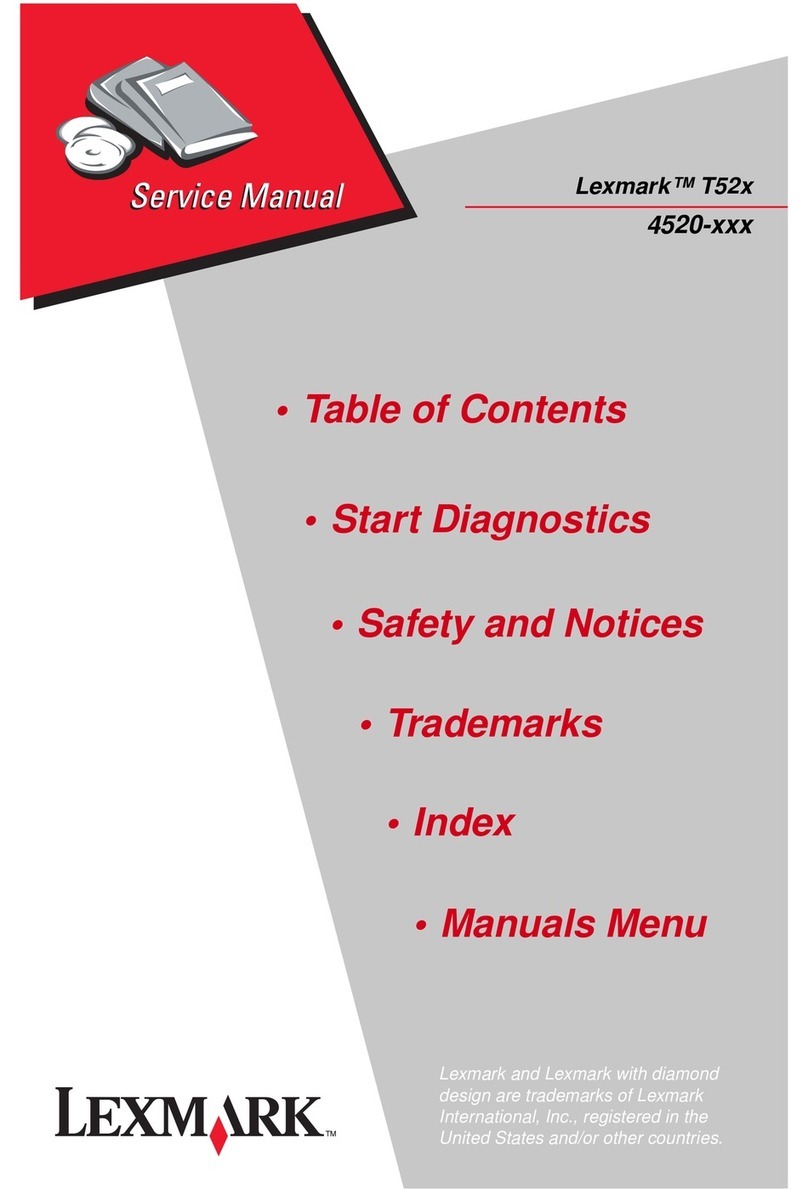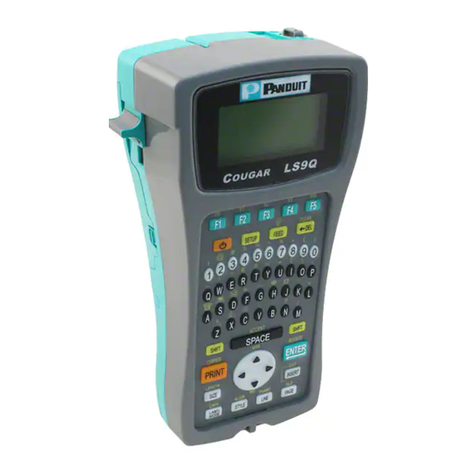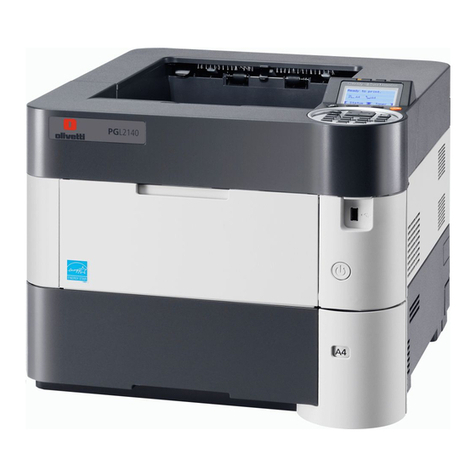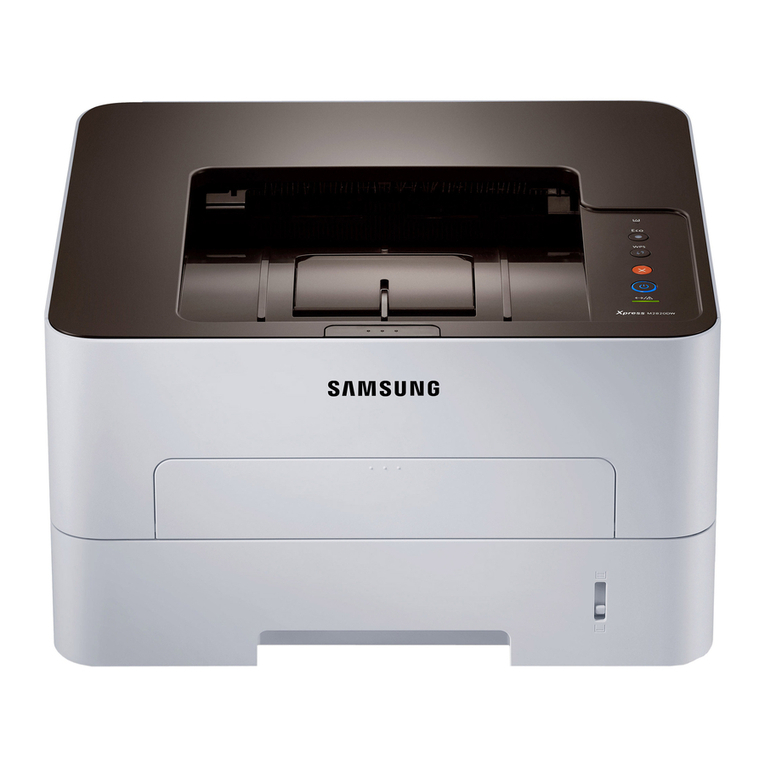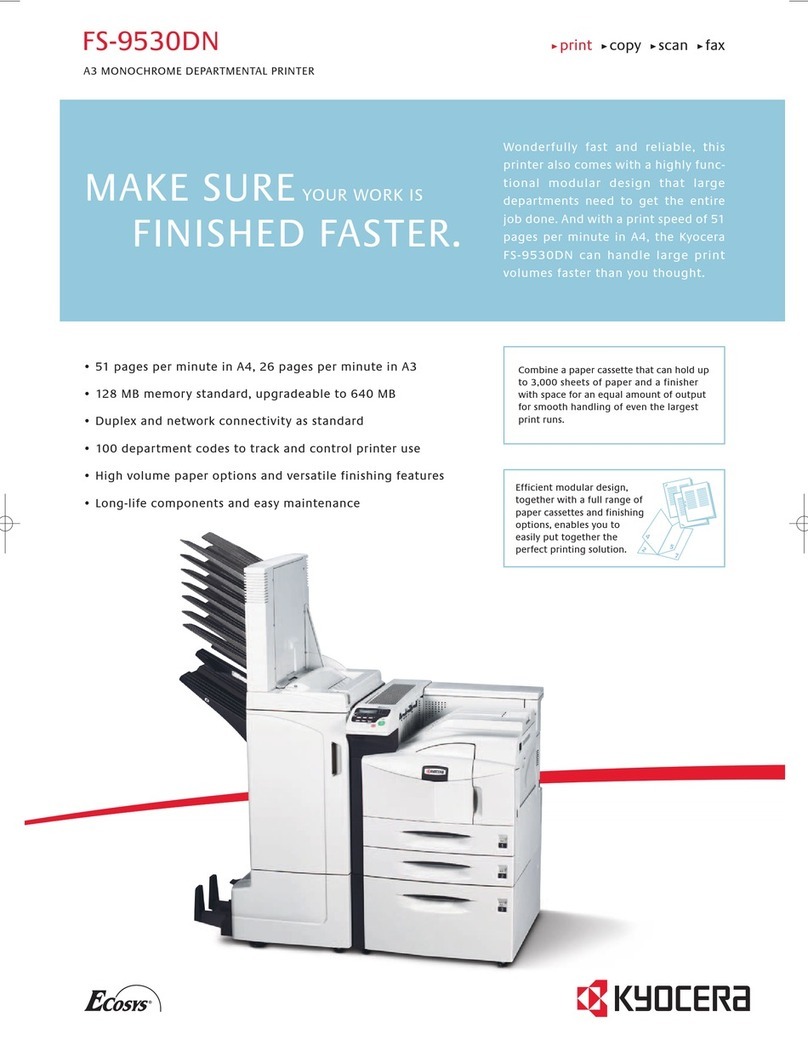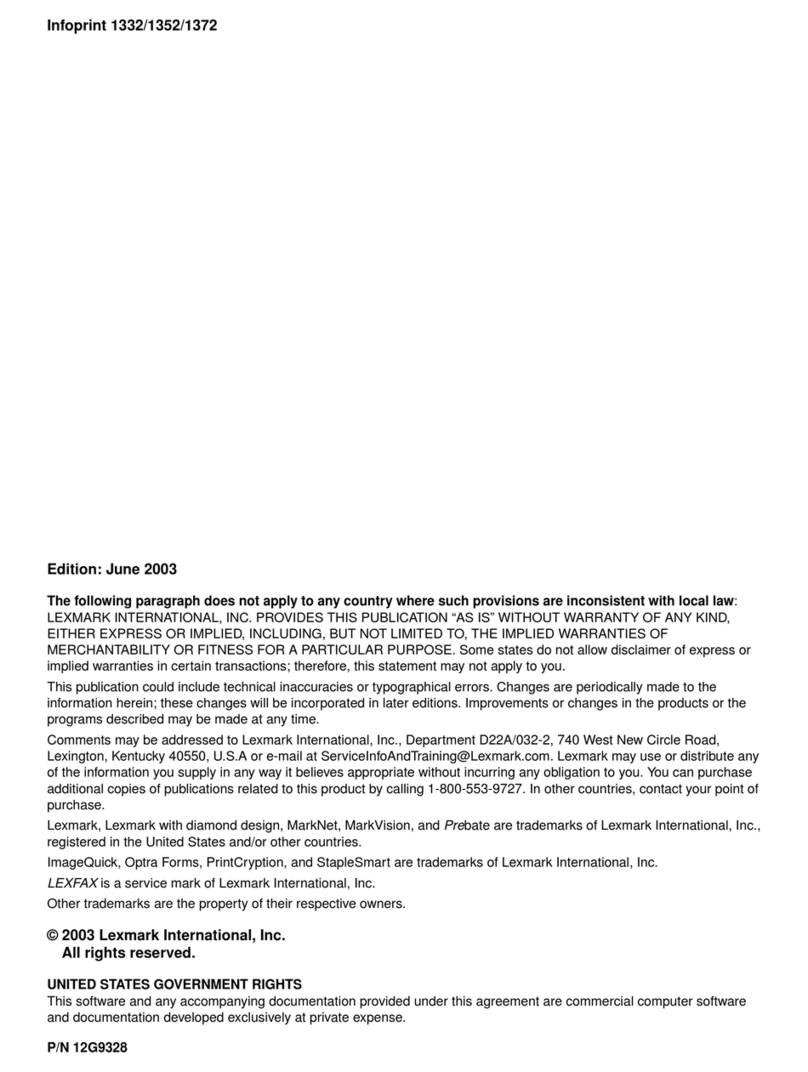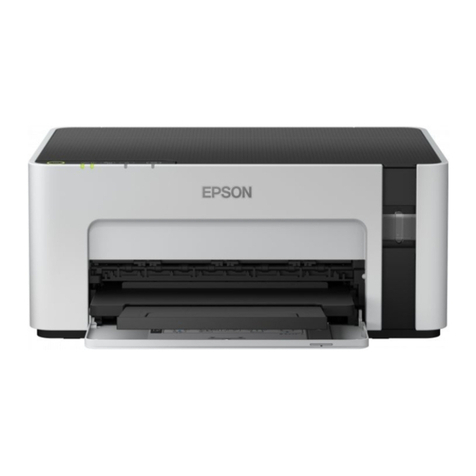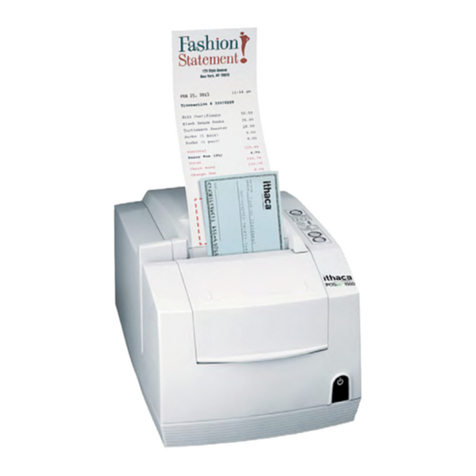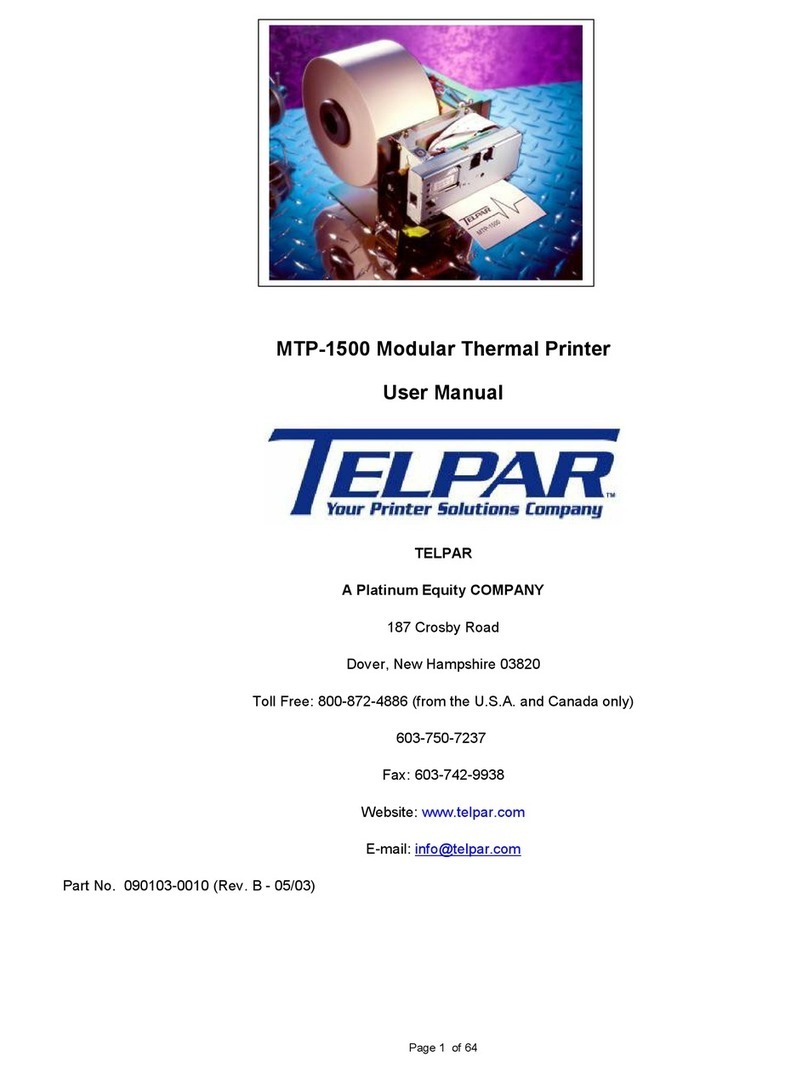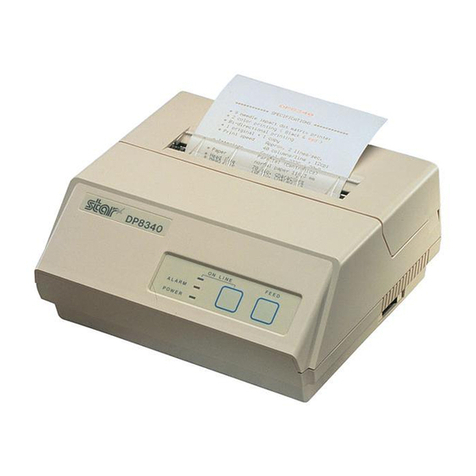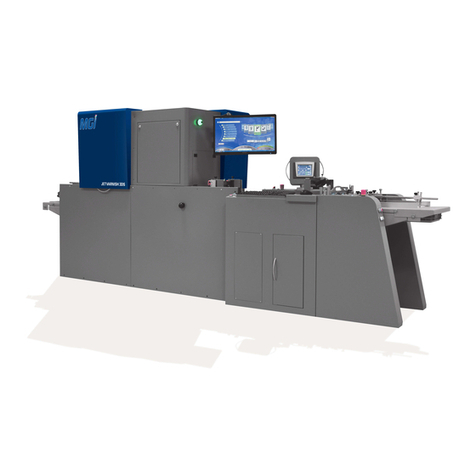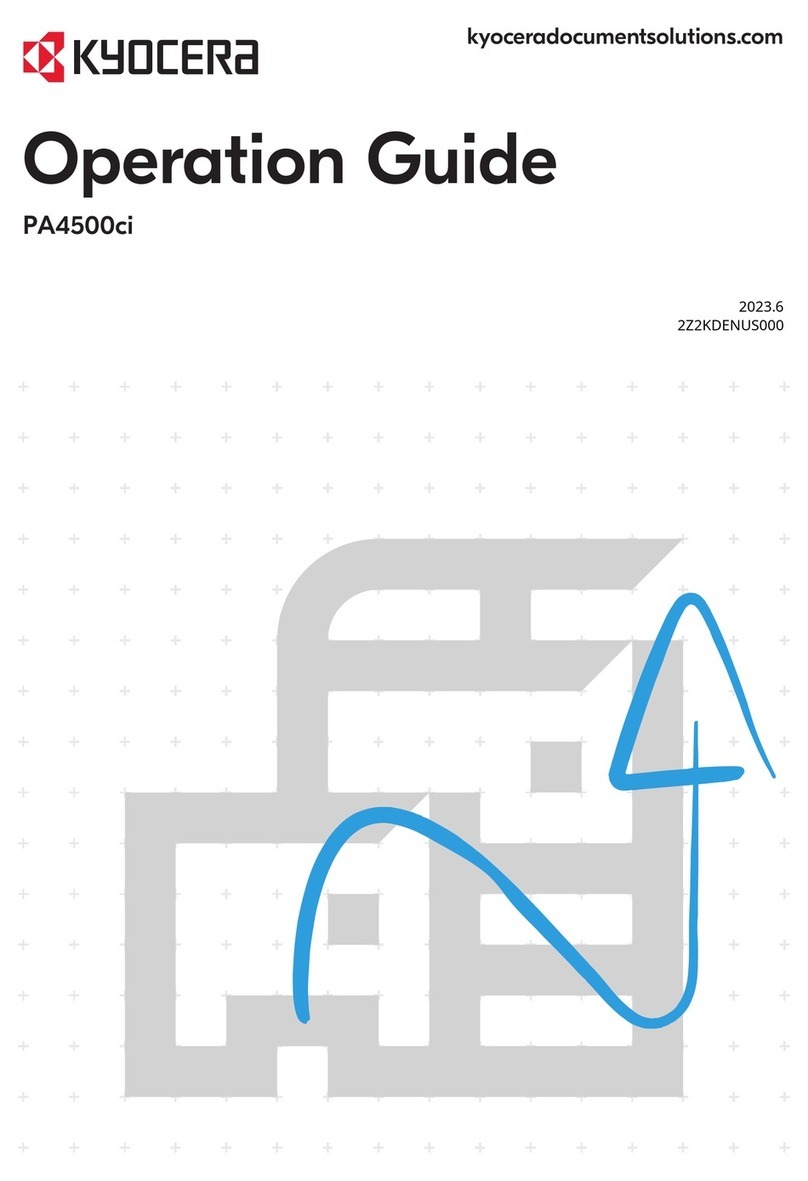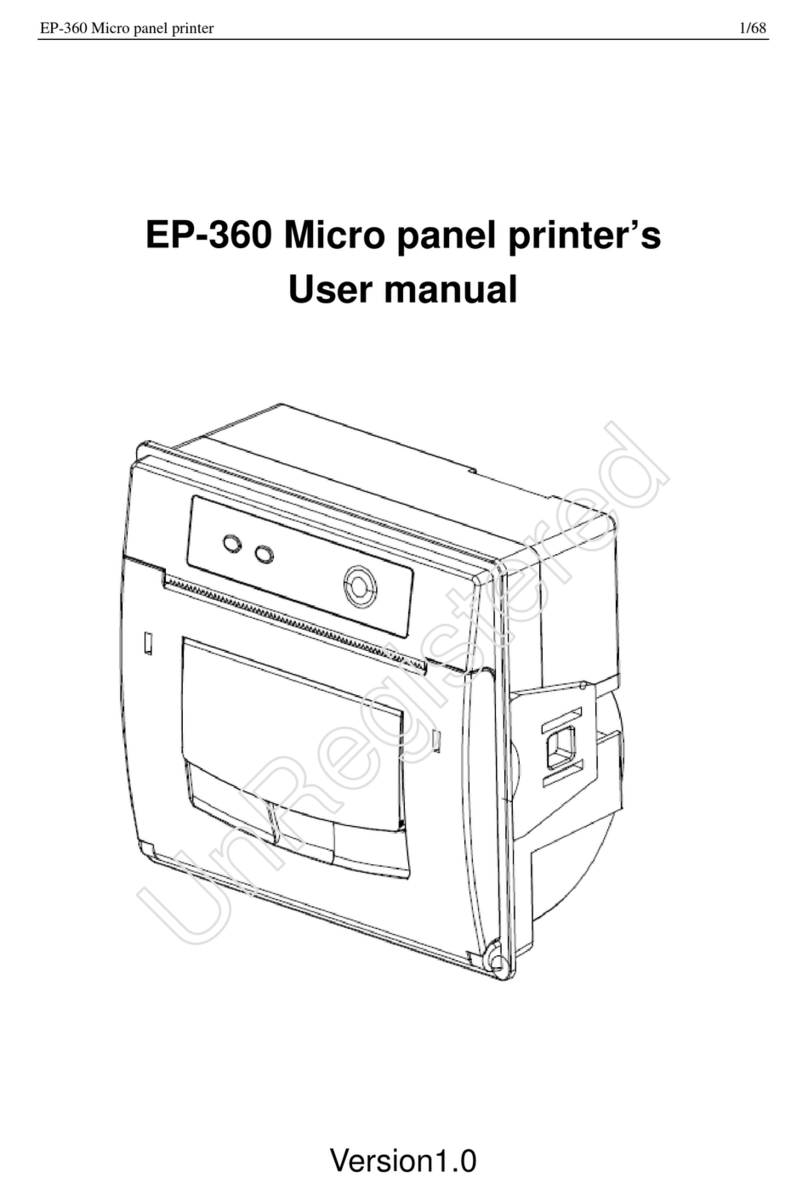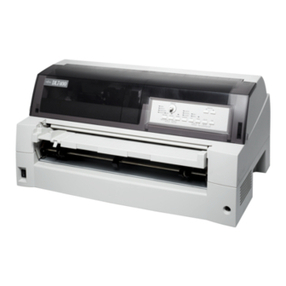
20509 Issue 7 Jan 2018 (3)
DOMINO MACROJET 2 PRINTER
PRODUCT MANUAL
This manual, Domino Part No. 20509, is for use in the operation and repair
of the Domino Macrojet 2 printer.
This manual is for use with all Macrojet printers manufactured on or after
1st Feb 2018 (from Serial Number L-21826 onwards).
For Pocket Terminal operating instructions, refer to Type 64 Terminal User's
Pocket Book, Part No 20524.
Users of this printer are warned that it is essential to read, understand and
act according to the information given in Part 1 : Health and Safety.
All rights reserved. No part of this publication may be reproduced, stored
on a retrieval system, or transmitted in any form, or by any means,
electronic, mechanical, photocopying, recording or otherwise, without the
prior permission of Domino Printing Sciences plc.
Domino Printing Sciences plc. has a policy of continuous product
improvement, the Company therefore reserves the right to modify the
specification contained in this manual without notice.
©Domino Printing Sciences plc. 2018.
For sales, service and inks please contact:
Domino UK Ltd. Domino North America
Bar Hill 1290 Lakeside Drive
Cambridge CB23 8TU Gurnee IL.60031
England U.S.A.
Tel: 01954 782551 Tel: 847 244 2501
Fax: 01954 782874 Fax: 847 244 1421











